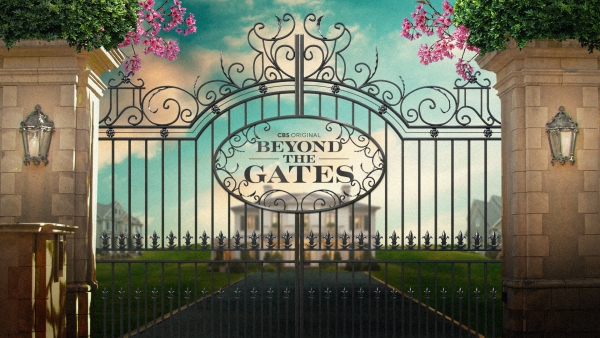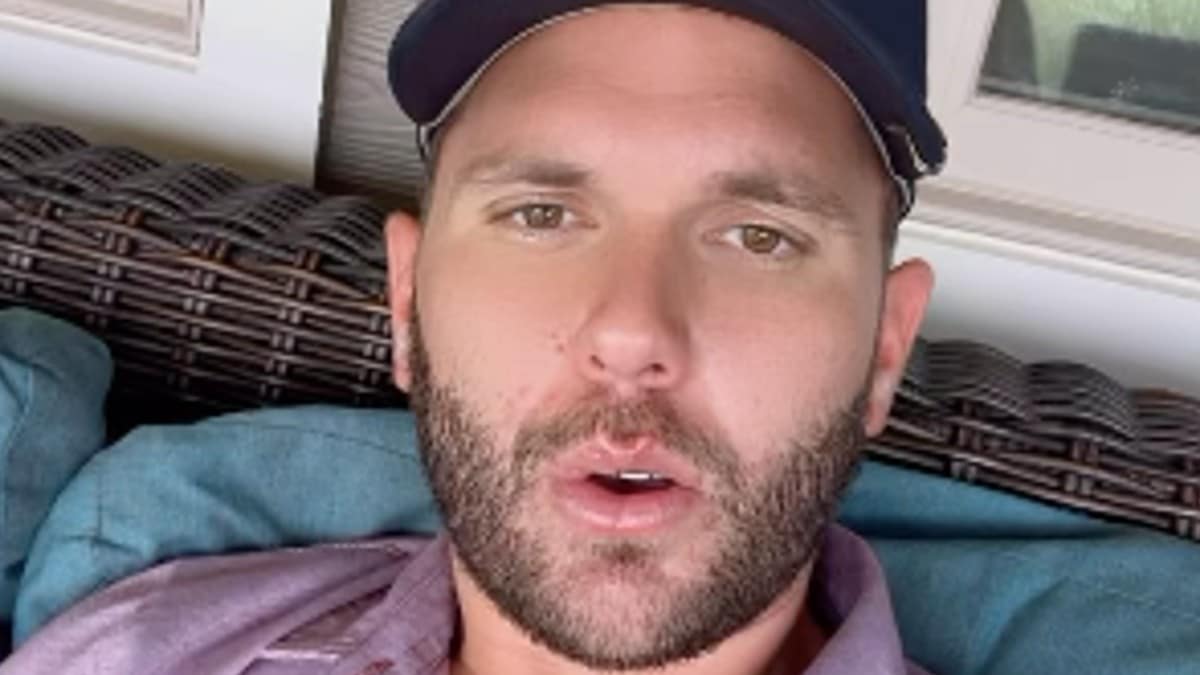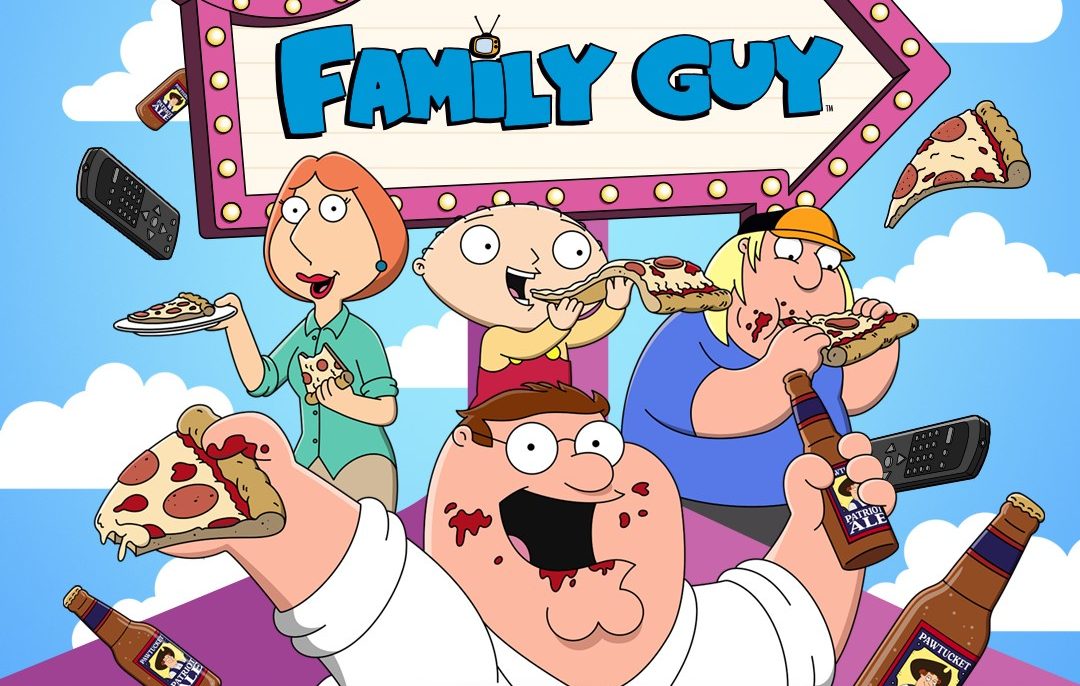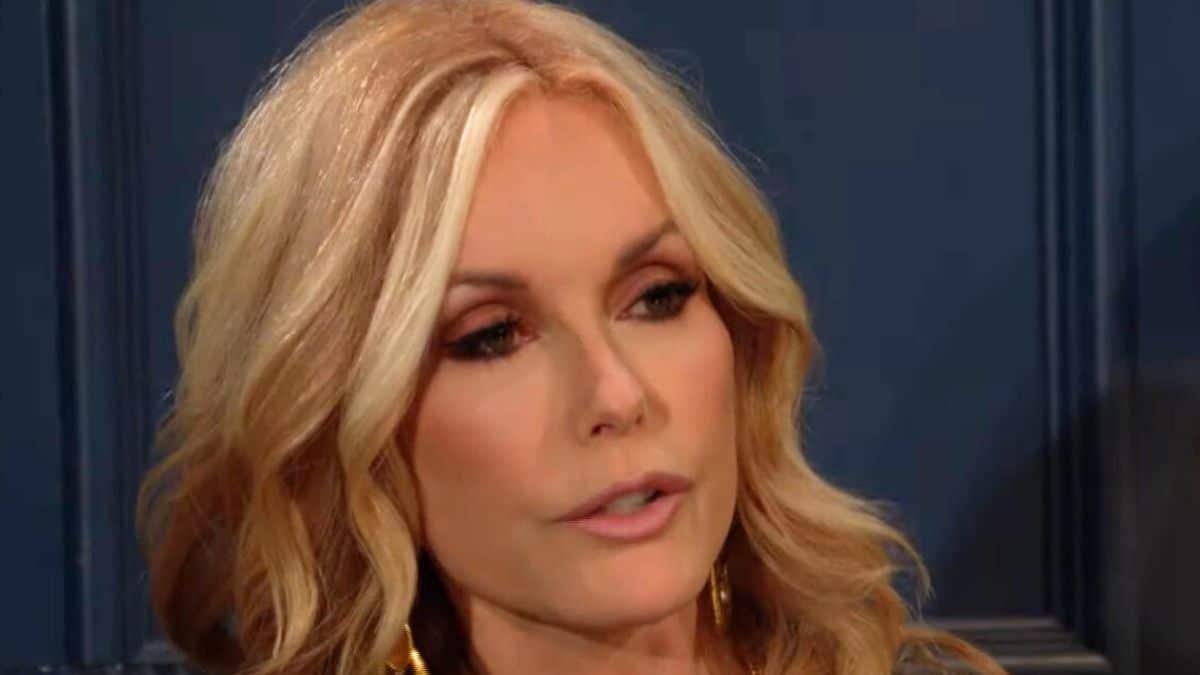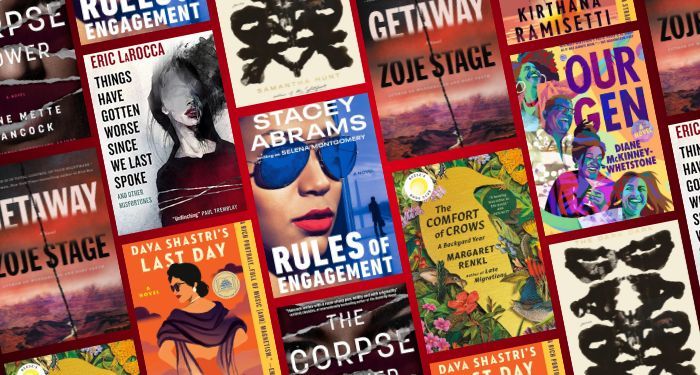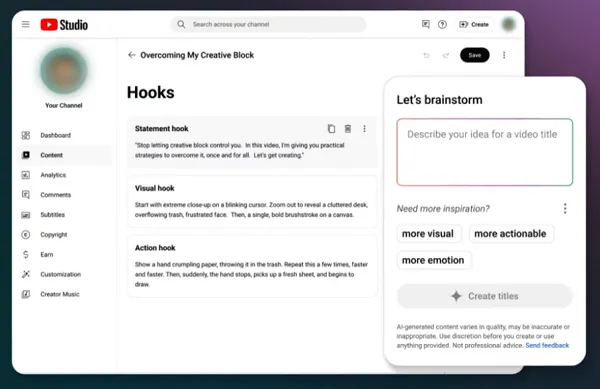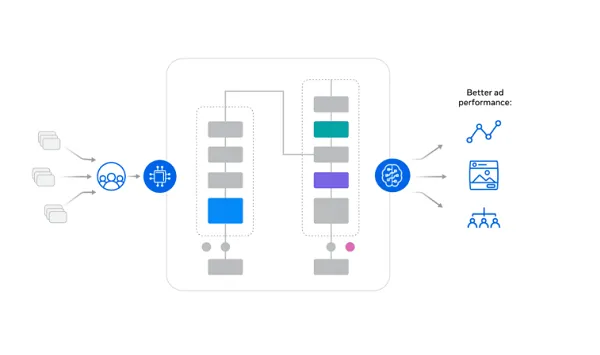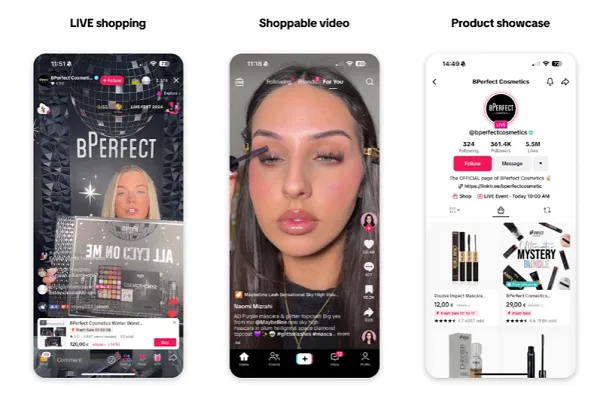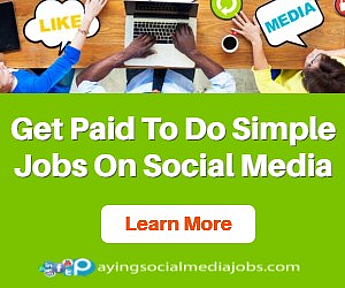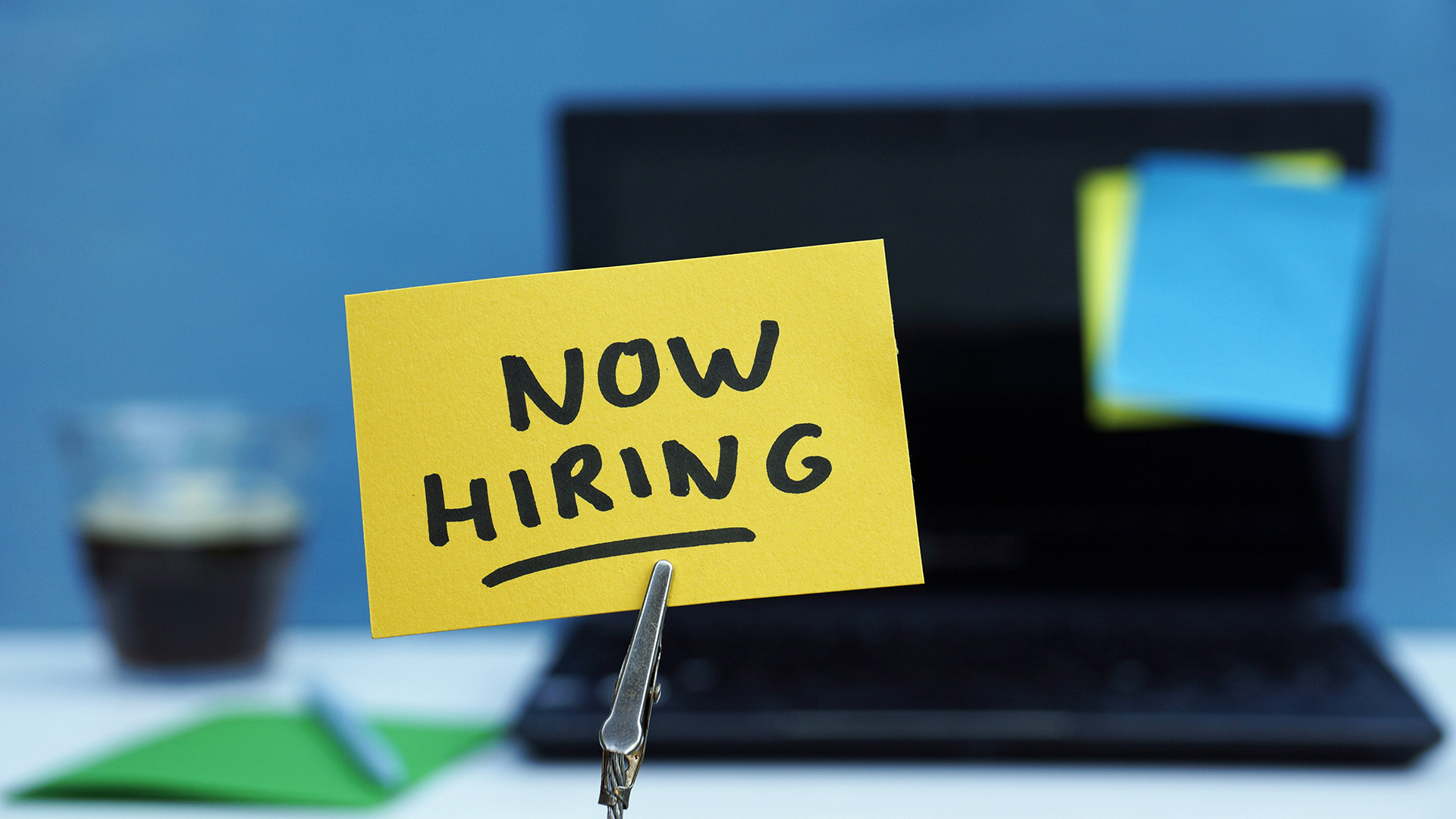I joined Facebook in July 2014 and soon learned what the company’s famous guiding principle, “move fast and break things,” meant in terms of what was left “broken.”
From an operating standpoint, Facebook was super pragmatic. Goals were clear to everyone and teams were organized around them. So long as you were working toward your goals, there was a high level of empowerment.
My first day of work was also the first day of work for 350 other people. We were all in “bootcamp” together, which is an extensive orientation every new hire must participate in. There were two kinds of new hires—those hired into a general pool that would have to find a team to join after bootcamp, and those that were predetermined to be in a specific role on a specific team, which was considered “allocated.” There were far more in the former category, and most of them were entry level just out of college. I was in the latter category, and the whole experience had a definite back-to-school vibe.
I was hired to head product management for video, which wasn’t yet a format in Feed (aside from YouTube link shares). My background building and scaling Vevo, which published music videos on Facebook, was the reason they hired me. But my boss, Will Cathcart, pulled me aside and floated a change of plans.
“Hey Michael, so I have a change to propose to you. I know we brought you on board to build out video, but we have a more urgent need to figure out news. And since that’s really just another form of publishing, how would you feel about starting with that? Would that resonate with you?” It didn’t really matter if it resonated with me or not — I knew what I needed to do, and that was to figure out Facebook News.
Coming to Facebook as an industry veteran relative to the people running the show seemed to make me an outsider. It was as if the company was trying to figure out how to hire experienced people after having mastered hiring younger people and grooming them to be solid Facebook citizens. There weren’t many success stories of experienced hires.
The idea of building relationships inside the leadership ranks of Facebook was critical, yet for an outsider, breaking through those leadership walls in any meaningful way would prove futile. By 2014, there was a collegiate-like club of people who had accomplished a lot together, including establishing Facebook as the biggest player in mobile ads to date. That wasn’t a club you could join off the street, understandably. However, it also wasn’t an inclusive environment. I’ve always anchored on EQ, whereas most of the leaders at Facebook adopted the style of founder and CEO Mark Zuckerberg’s not-so-EQ demeanor.
What’s crazy is that everyone in Facebook leadership was smart enough to know that the place brewed this psychological phenomenon, but they weren’t empathetic enough to do anything about it.
During my tenure, I led the teams that launched news, live streaming, music and Notify—a short-lived standalone app designed to learn about what makes a good push notification. These were “big bets”—initiatives that shaped Facebook’s product roadmap and strategy, even if they didn’t all stand the test of time.
I’d get to work at 6am, leave by 4pm, and spend most of my day hiding out in my war room. I’d even walk off campus for lunch alone at the taqueria in East Palo Alto rather than suffer through a free communal lunch on campus where I often sat alone. I was an outsider—it couldn’t have been more clear. In March of 2016, I packed up and went elsewhere.
The experience at Facebook taught me several lessons about leadership—importantly, leadership styles need alignment. EQ-driven, authentic leadership may not thrive in environments that prioritize rapid execution and hierarchical norms. Recognizing my misalignment helped me move on to opportunities that were a much better fit.
These are some other leadership takeaways from this episode in my career:
1. Cultural fit matters more than capability.Many organizations, especially fast-scaling ones, default to hiring for skill and assuming culture will take care of itself. But when a company builds an insular leadership style, it stifles diversity of thought and limits its ability to evolve. CEOs must ensure that culture fit doesn’t mean “sameness,” but rather alignment with values that drive the company forward.
2. If politics run the business, talent will leave.Every organization has politics, but when informal power structures and internal networks dictate success more than performance, it creates a system where great hires fail. If leadership teams operate like exclusive clubs, innovation slows, and the company risks becoming an echo chamber. CEOs need to challenge this dynamic by fostering an inclusive, meritocratic leadership culture.
3. Execution can’t replace emotional intelligence. Facebook’s leadership thrived on execution, but its cultural blind spots created unnecessary churn. The smartest people in the room don’t always make the best leaders. CEOs must recognize that EQ isn’t a “nice to have”—it’s an essential component of long-term success. Companies that overlook this will risk attrition, disengagement and lost institutional knowledge.
4. Growth at any cost isn’t sustainable. Facebook’s “move fast” ethos helped it dominate digital media, but it also led to a culture where external experience was undervalued, and mistakes were often repeated rather than learned from. CEOs must balance speed with sustainability—ensuring that growth doesn’t come at the expense of leadership maturity and organizational health.
5. Top talent doesn’t wait—they plan their exit. High performers always have options, and if they don’t feel they can thrive in a company’s culture, they’ll leave on their own terms. CEOs must create an environment where leaders want to stay—not just because of the prestige of the brand, but because they feel valued, supported and aligned with the organization’s mission.











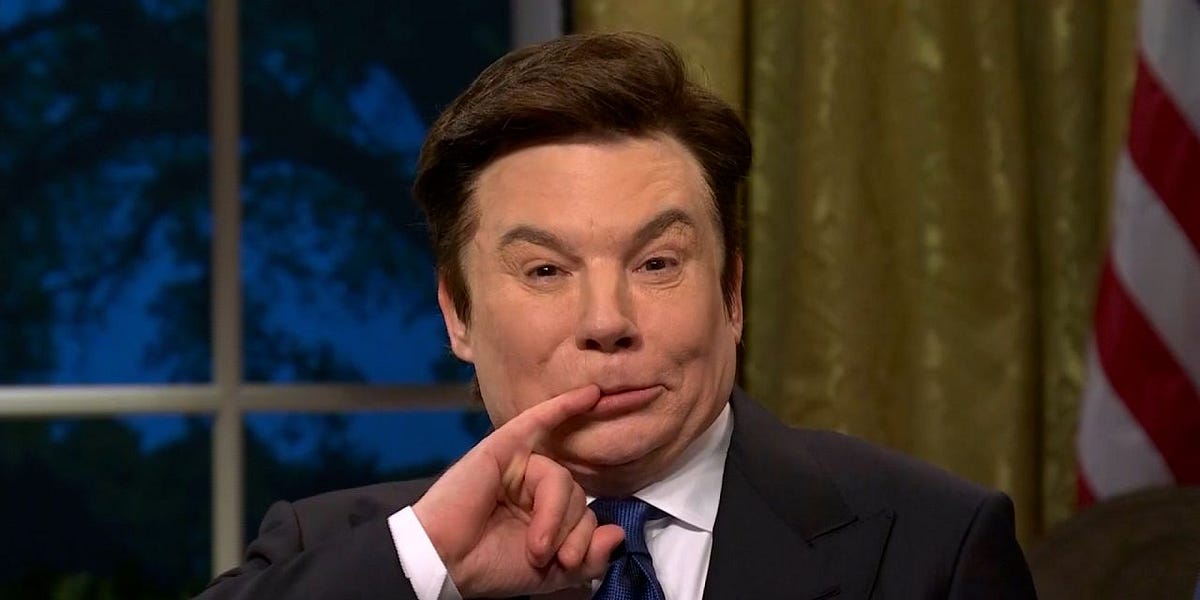
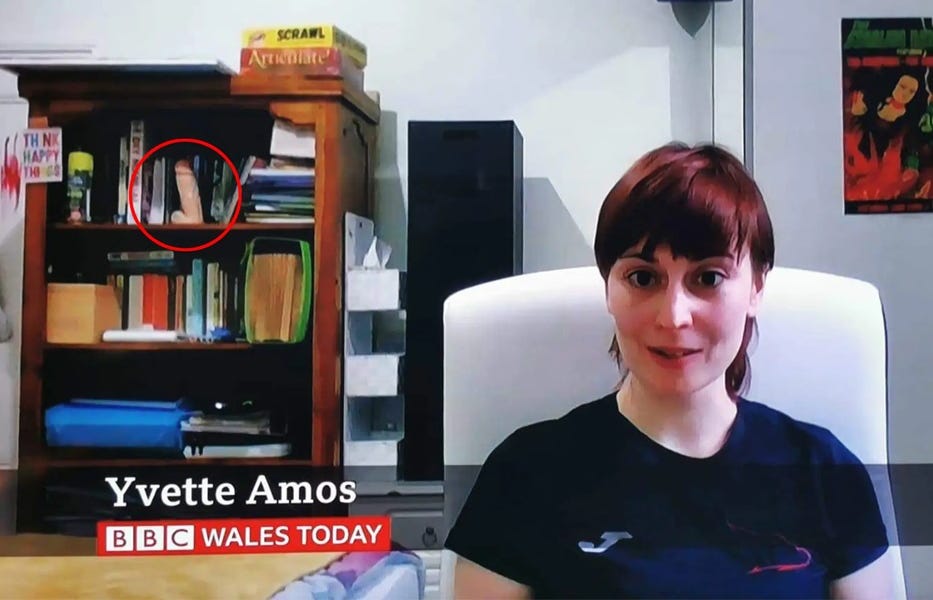







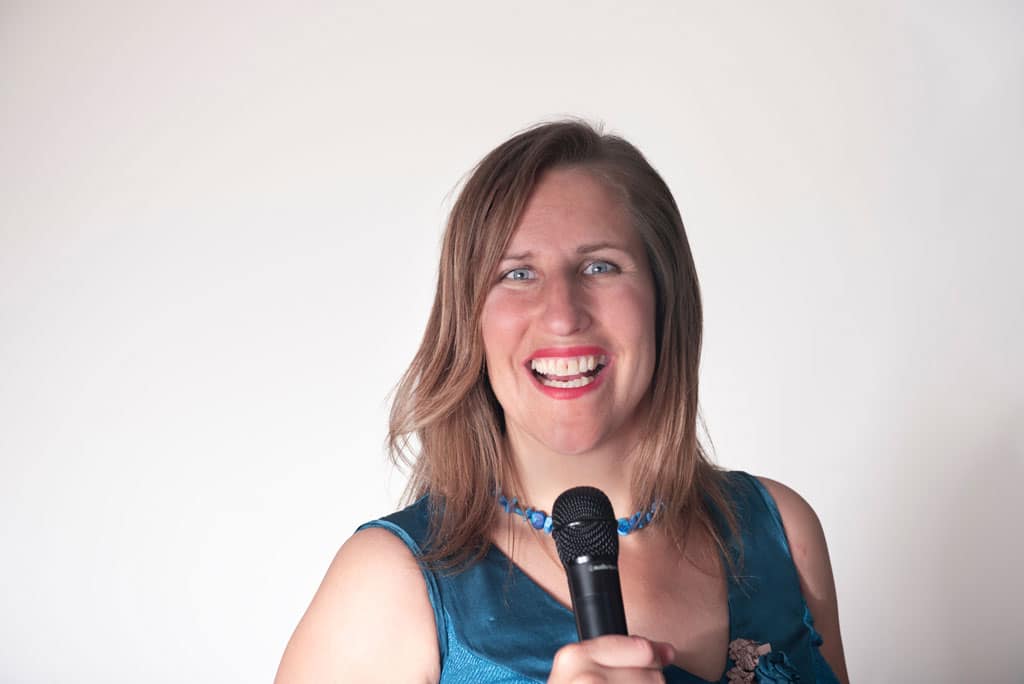

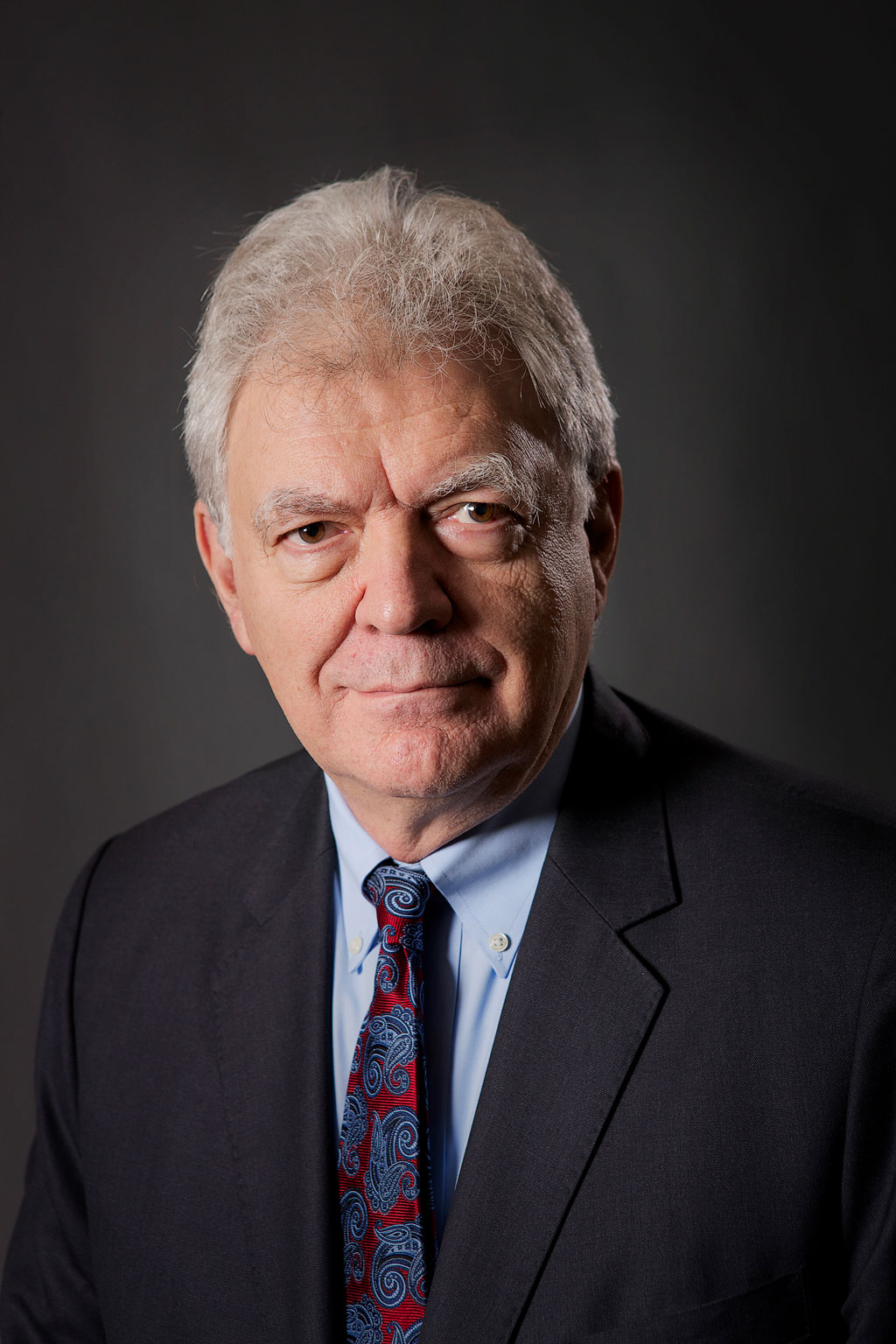

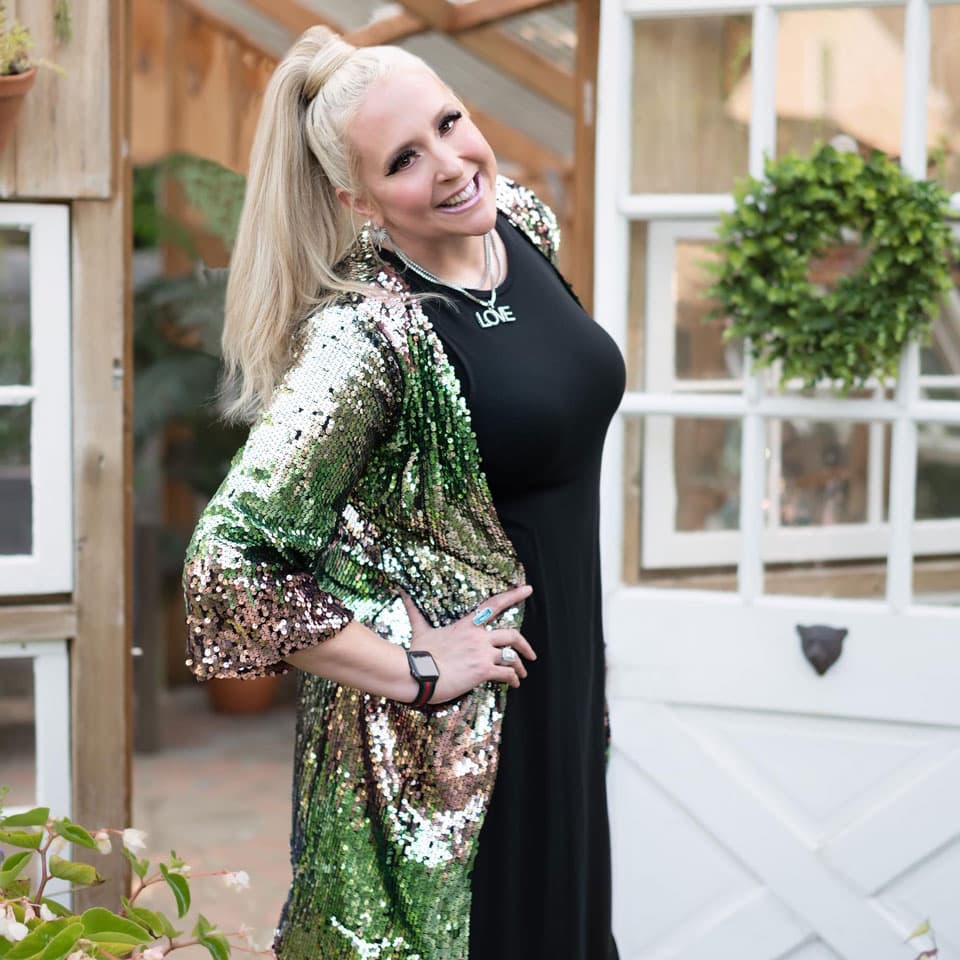
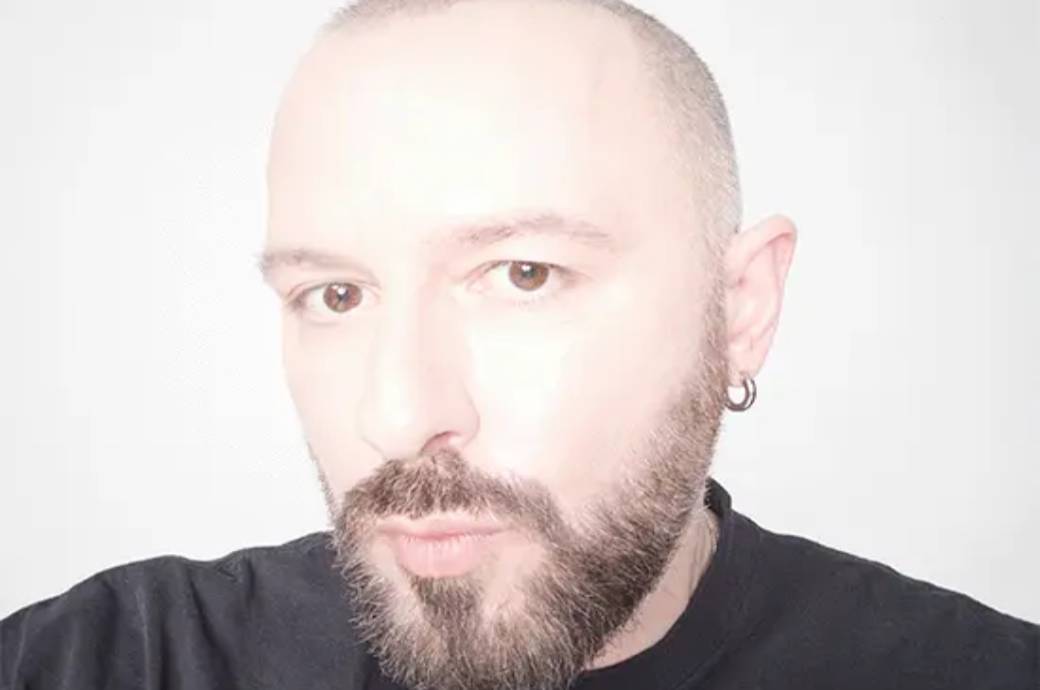











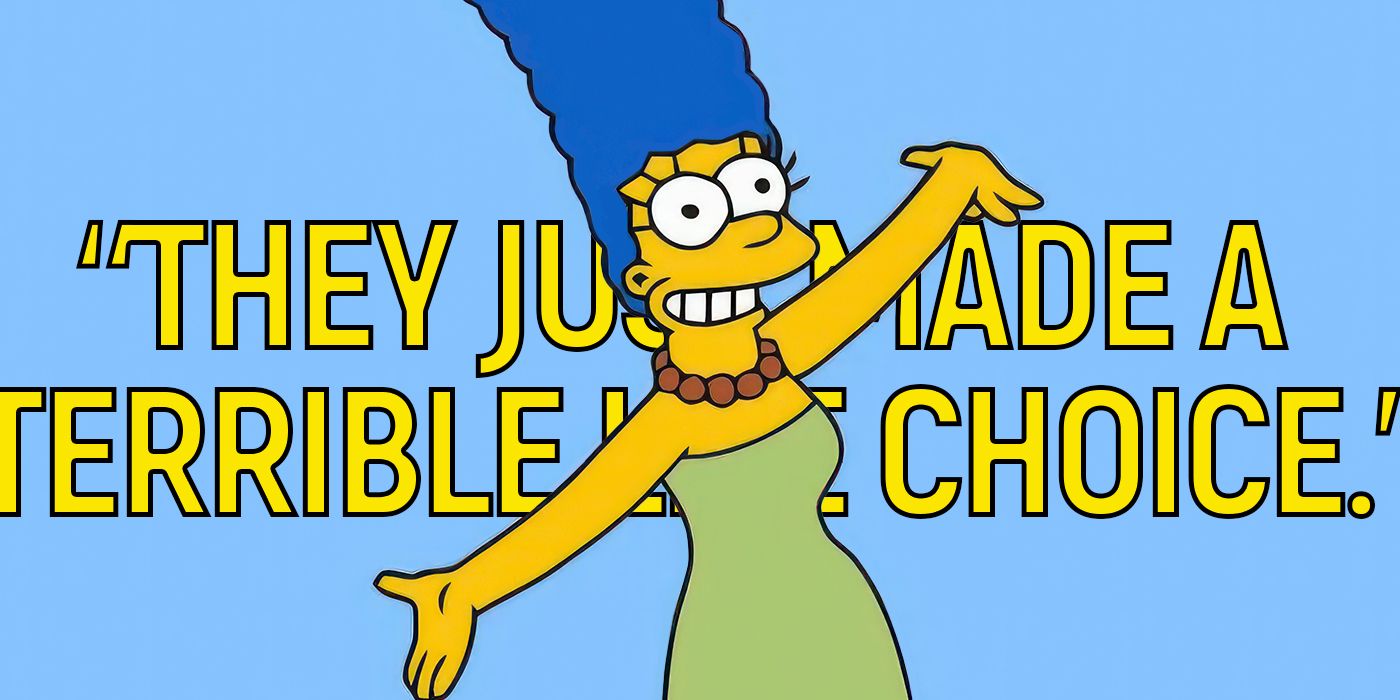


![Spider-Man Is Back in Black With the Green Goblin in New Funko Pop! Figures [Exclusive] Spider-Man Is Back in Black With the Green Goblin in New Funko Pop! Figures [Exclusive]](https://static1.colliderimages.com/wordpress/wp-content/uploads/2025/03/spider-man-the-animated-series-green-goblin.jpg)


